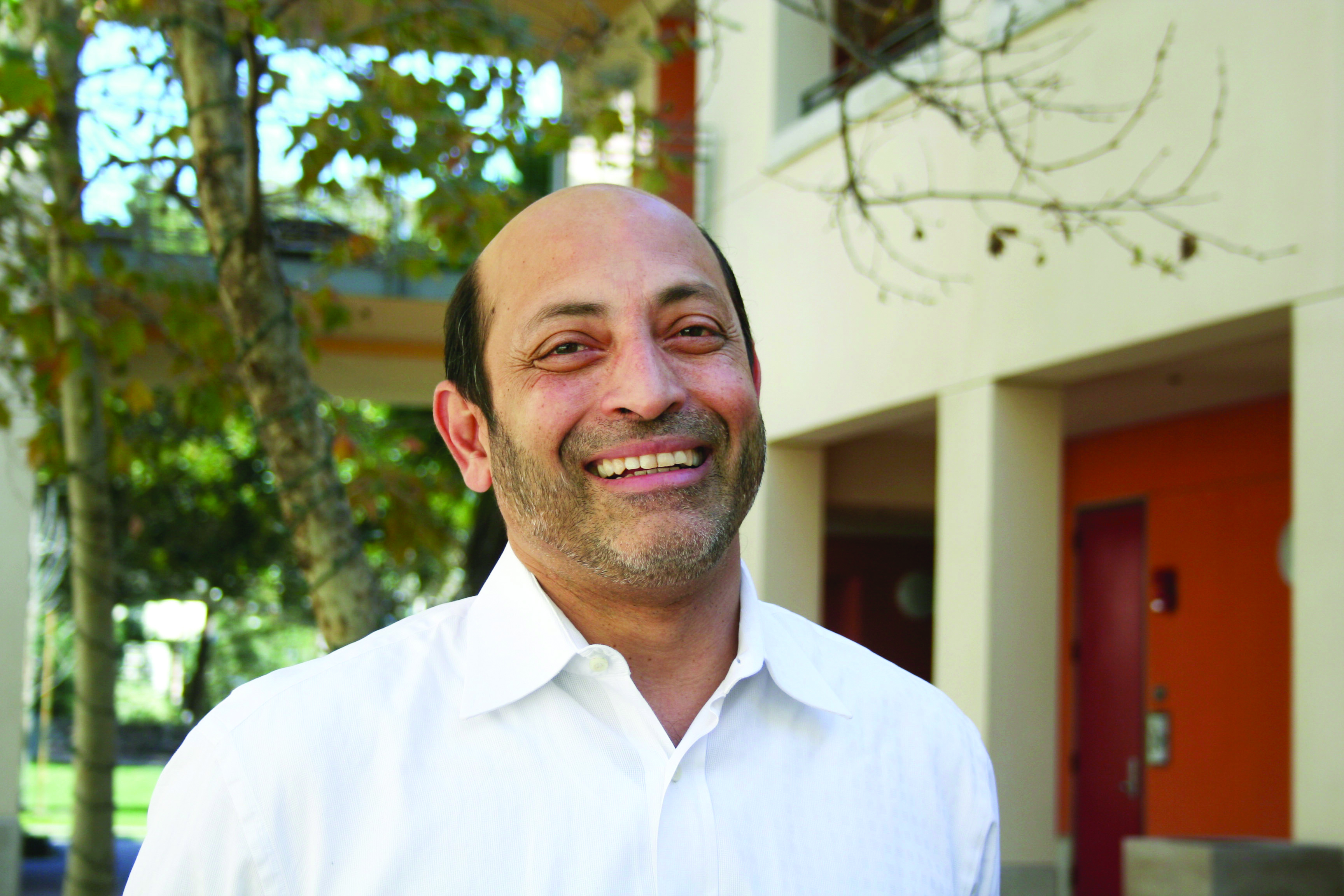
Abstract
The III-N materials system has many material properties which make it an excellent candidate for high efficiency PV cells, and as such InGaN-Ns have begun to gain attention for use in photovoltaic (PV) devices. The band gap of InN was recently discovered to be 0.7 eV as opposed to the previously believed 1.3 eV. The importance of this discovery is that the band gap of the InGaN material system spans nearly the entire solar spectrum (0.7 eV – 3.4 eV) thus enabling design of multijunction solar cell structures with near ideal bandgap energies for maximum efficiency. Even more interesting is that the band gap is direct for the entire material system. The absence of mature materials with a direct bangap greater than 2 eV means III-Ns are an excellent candidate for the high energy cell in a multijunction solar cell.
In this talk, III-N solar cell device design and performance will be presented highlighting the unique advantages and challenges of this material system. The potential advantages of the III-N material system include: wide range of bandgap energy, high absorption coefficient, excellent thermal performance, and the availability of a wide range of crystallographic orientations, including Ga and N polar as well as semi and non-polar orientations. The device performance highlights will include: low Voc offset with absorption to 500 nm, positive thermal power coefficient, and excellent performance under high concentration. This work demonstrates that the InGaN material system has the potential to make very high performance solar cells.
Biography
Professor Mishra joined the ECE Department at the University of California, Santa Barbara in 1990 from the Department of Electrical and Computer Engineering at North Carolina State University. A recognized leader in the area of high-speed field effect transistors, Dr. Mishra has made major contributions at every laboratory and academic institution for which he has worked, including: Hughes Research Laboratories in Malibu, California; the University of Michigan at Ann Arbor; and General Electric, Syracuse, New York. His current research areas attempt to develop an understanding of novel materials and extend them into applications. He is the Director of the AFOSR PRET Center for Non-Stoichiometric Semiconductors and of the ONR MURI Center (IMPACT), which relates to the application of SiC and GaN based transistors for power amplification.